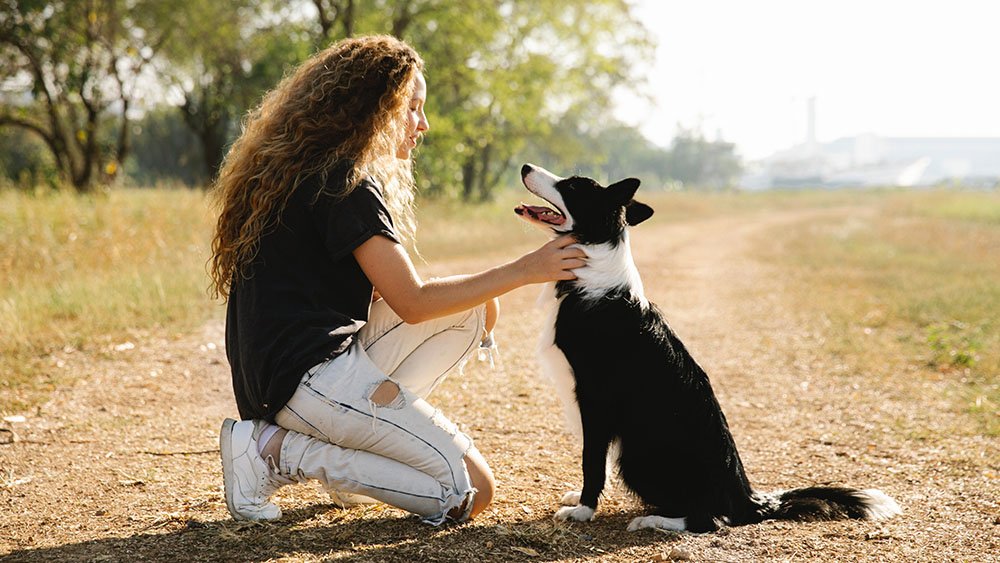Dogs have been used as service animals for centuries, and they continue to be one of the most popular choices for people with disabilities. Dogs can be trained to perform a wide variety of tasks to help their owners live more independently. Some common tasks that service dogs are trained to do include retrieving items, opening doors, providing stability for those with mobility issues, and helping their owners balance when walking. Service dogs are also used to provide emotional support and companionship.

Dogs have been used as service animals for centuries. They are commonly used to help people who have disabilities, such as blindness or diabetes. Dogs can also be used to help people who have psychiatric disabilities or post-traumatic stress disorder. Service dogs can provide many important services for their owners, such as guiding them around, helping them with their medication, and providing emotional support.
What Is A Service Animal?
Service animals are animals that have been specifically trained to assist people with disabilities. This can include guiding people who are blind, alerting people who are deaf, pulling wheelchairs, or providing support for people with mental or physical disabilities. Service animals are working animals, not pets. They are allowed to accompany their owners in public places where other animals are not allowed, such as restaurants and stores.

A service animal is a type of assistance dog that is specially trained to help people who have disabilities. Service animals are allowed to accompany their owners in public places, such as restaurants, stores, and transportation. They are also allowed to go into any place that their owner is allowed to go.
Types Of Service Animals
Service animals are animals that are specifically trained to help people with disabilities. They can be used to perform many different tasks, such as guiding people who are blind, pulling wheelchairs, or providing emotional support. There are many different types of service animals, and each one is specially trained to help a particular person or group of people. Some of the most common types of service animals include guide dogs, hearing dogs, and psychiatric service dogs.

Guide Dogs:
Guide dogs are used by people who are blind and have been trained to help them navigate their world. They are taught to alert their owners when someone or something is in front of them or behind them, and they can also lead the owners how to get from one place to another.
Hearing Dogs:
Hearing dogs are trained to alert their owners when there is a change in the sounds of everyday life, such as an alarm going off. Their training also includes telling their owners if someone is talking to them or explaining something to them.
Psychiatric Service Dogs:
A psychiatric service dog is a type of assistance dog specifically trained to help people with mental illness. These dogs are typically used to provide support for individuals with conditions such as depression, anxiety, bipolar disorder, and post-traumatic stress disorder.

Psychiatric service dogs can perform tasks such as providing emotional support, reminding the individual to take medication, waking them up from a panic attack, or fetching a tissue when they cry. They can also help keep the individual safe by providing extra stability when walking or standing and by sensing changes in the person’s mood or behavior that could indicate an oncoming episode.
How Are Service Animals Trained?
Service animals are used by people with disabilities to help them with their everyday activities. Service animals are usually dogs, but can also be horses, llamas, and other animals. They are trained to perform specific tasks to help their handler. Some common tasks that service animals perform are guiding the handler who is blind, helping the handler walk, picking up things that the handler has dropped, and providing emotional support.
The process of training a service animal is long and intensive. It can take up to two years for a dog to be fully trained. The first step in training a service animal is teaching it basic obedience commands such as sit, stay, come, and down. Once the dog knows these commands well, the trainer will start teaching it how to perform specific tasks for its handler.
What Are The Benefits Of Using A Service Animal?
There are many benefits to using a service animal, including increased independence and safety. Service animals provide physical assistance and emotional support to their owners, which can improve quality of life. Service animals can be trained to perform tasks that their owner cannot do on their own, such as opening doors or retrieving items from high shelves. They can also help their owners cope with conditions such as post-traumatic stress disorder (PTSD) or anxiety.
Service animals provide assistance to their owners who have a disability. These animals can be used to help with tasks such as opening doors, retrieving dropped items, or providing stability for those who are unsteady on their feet. In many cases, service animals are allowed to accompany their owners into public places where other pets are not permitted. The Americans with Disabilities Act (ADA) protects the rights of those who use service animals and requires business owners to make reasonable accommodations for these animals.
In Conclusion:
Dogs can be great service animals for people with disabilities. They provide companionship, emotional support, and assistance with tasks that the person with the disability cannot do themselves. For people with disabilities, service animals can be the key to greater independence and improved quality of life. There are many different types of service dogs, so it is important to find the right one for your needs. If you are considering getting a service dog, be sure to do your research and find a reputable organization that will help you find the perfect dog for your needs.



















